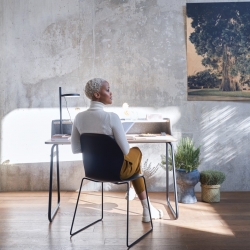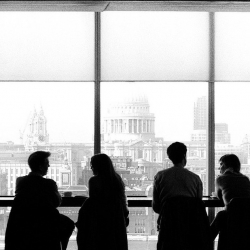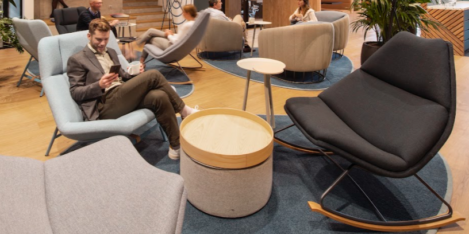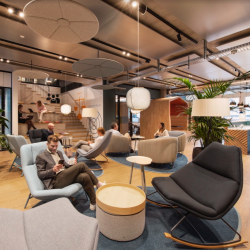December 7, 2022
Over half of offices not set up to optimise creativity and productivity
 A study from Unispace claims that the majority of workplaces are not set up to enable staff to work to their best ability. The results of the poll of 3,000 office workers and 2,750 employers across Europe, found that despite 78 percent of businesses stating that their office has been set up to enable staff to be creative and productive, over half (52 percent) of employers noted that creativity and innovation among their employees increased while work from home guidance was in place. Full findings can be found in Promoting workplace creativity and productivity [registration]. More →
A study from Unispace claims that the majority of workplaces are not set up to enable staff to work to their best ability. The results of the poll of 3,000 office workers and 2,750 employers across Europe, found that despite 78 percent of businesses stating that their office has been set up to enable staff to be creative and productive, over half (52 percent) of employers noted that creativity and innovation among their employees increased while work from home guidance was in place. Full findings can be found in Promoting workplace creativity and productivity [registration]. More →

























 All of humanity’s problems,” the French scientist and philosopher Blaise Pascal wrote in 1654, “stem from man’s inability to sit quietly in a room alone.” He may have been right, but then again, sitting in a room alone isn’t necessarily a great state of permanent being either. There was a time we used to talk with dismay about the Japanese phenomenon of intense social distancing known as hikikomori. We would consider with horror the isolation, lack of engagement with society, poor mental health and loneliness of the people who had almost completely withdrawn to their rooms. Those poor bastards locked up in enclosed spaces linked to the outside world only by screens.
All of humanity’s problems,” the French scientist and philosopher Blaise Pascal wrote in 1654, “stem from man’s inability to sit quietly in a room alone.” He may have been right, but then again, sitting in a room alone isn’t necessarily a great state of permanent being either. There was a time we used to talk with dismay about the Japanese phenomenon of intense social distancing known as hikikomori. We would consider with horror the isolation, lack of engagement with society, poor mental health and loneliness of the people who had almost completely withdrawn to their rooms. Those poor bastards locked up in enclosed spaces linked to the outside world only by screens. 









December 6, 2022
Flexible working should be the norm for as many people as possibe
by Heejung Chung • Comment, Flexible working